Search
Search Results
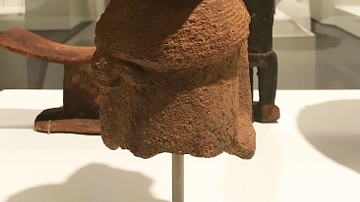
Image
Nok Culture Fragment of a Figure
As a result of erosion and mining, one of the oldest and most sophistcated art-producing cultures known in sub-Saharan Africa came to light in the mid-20th century. Hundreds of hollow figures, heads, and fragments made of coarse clay have...
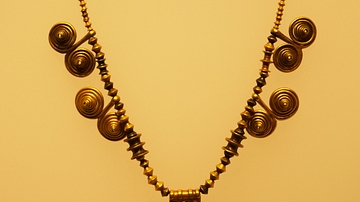
Image
Trialeti Culture Necklace
This golden necklace was made by people who belonged to the ancient Trialeti culture. They flourished during the late-3rd and early-2nd millennium BCE. Many exquisite items crafted in gold and silver by the Trialeti culture have been found...
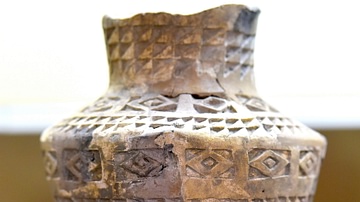
Image
Vessel from Ninevite V Culture
This pottery vessel was found at Nineveh, Iraq. The surface is decorated with different geometric motifs and shapes. Ninevite V period/culture of Upper Mesopotamia, c. 2900-2600 BCE. On display at the Iraq Museum in Baghdad.

Image
Veracruz Culture Statue of Cihuacoatl
Although Cihuacoatl was later known in Aztec mythology as the "snake woman," she was also a fertility goddess and a goddess of motherhood. This statue comes from the Veracruz culture, which lived along the Gulf Coast in what is present-day...
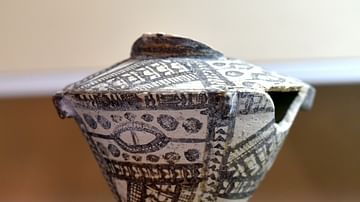
Image
Pottery Vessel from Ninevite V Culture
This peculiar pottery vessel was found at Nineveh, Iraq. The surface is painted with different geometric shapes. Ninevite V period/culture of Upper Mesopotamia, c. 2900-2600 BCE. On display at the Iraq Museum in Baghdad.
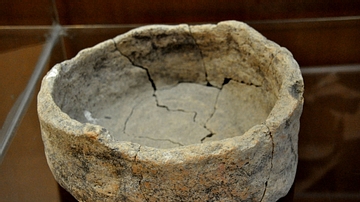
Image
A Dish from the Jarmo Culture
This rounded coarse-ware dish was found in Tell Tapa Raza, Sharazor Plain, Modern Sulaimaniya Governorate, Iraq. It dates back to the Jarmo period, 7000 BCE. (The Sulaimaniya Museum, Iraq).
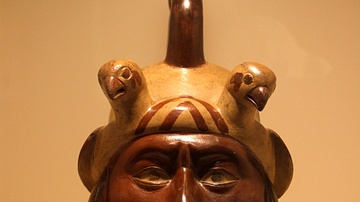
Image
Portrait Vessel, Moche Culture
This portrait vessel was made during the Moche civilization's Apogee Epoch (c. 1 CE - 800 CE). House in Museo Larco, Lima, Peru.

Image
Stamp from Halaf Culture
A flat clay stamp with an image of its impression. This stamp dates back to the Halaf period, 5th millennium BCE, Mesopotamia, Iraq. (The Sulaimaniya Museum, Iraq).
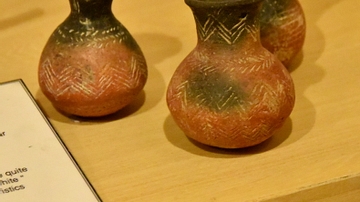
Image
Philia Culture Pottery from Cyprus
These pottery vessels show prominent Anatolian characteristics. Early Bronze Age in Cyprus, 2300-1900 BCE. (Museum of Archaeology, Istanbul, Turkey).
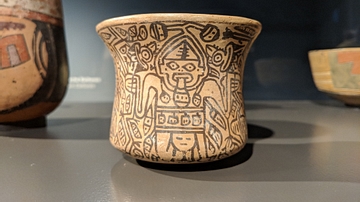
Image
Nazca Culture Vessel
Vessel from the Nazca Civilization. Peru, 2nd to 6th century CE. Fired clay.
Exhibited at Museum Rietberg, Zurich, Switzerland.